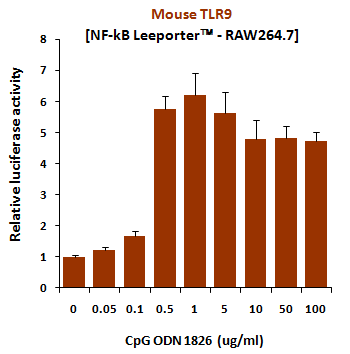Recombinant Human Leukocyte Ig-Like Receptor B1/LILRB1/ILT2/CD85j (C-His)
Shipping Info:
For estimated delivery dates, please contact us at [email protected]
| Amount : | 50 µg |
| Content : | Lyophilized from a 0.2 um filtered solution of PBS, pH 7.4 |
| AA sequence : | Recombinant Human Leukocyte Immunoglobulin-Like Receptor Subfamily B Member 1 is produced by our Mammalian expression system and the target gene encoding Gly24-His458 is expressed with a 6His tag at the C-terminus. |
| Alternative Name : | Leukocyte Immunoglobulin-Like Receptor Subfamily B Member 1; LIR-1; Leukocyte Immunoglobulin-Like Receptor 1; CD85 Antigen-Like Family Member J; Immunoglobulin-Like Transcript 2; ILT-2; Monocyte/Macrophage Immunoglobulin-Like Receptor 7; MIR-7; CD85j; LILRB1; ILT2; LIR1; MIR7 |
Source : Human 293 Cells;
CD85 antigen-like family member J (CD85J) is an essential mediator of immune activation and tolerance that is the member of the leukocyte immunoglobulin-like receptor (LIR) family. CD85J is primarily expressed on B-cells and monocytes. CD85J is a receptor for a variety of major histocompatibility complex class I molecules (MHCIs) and transduces negative signals and down-regulation of the immune response. The transcription level of CD85J is associated with surface protein expression on NK cells. CD85J can interact with HLA-B or HLA-E and lead to inhibition of the signal triggered by FCER1A and inhibits serotonin release. In addition, CD85J inhibits FCGR1A-mediated phosphorylation of cellular proteins and mobilization of intracellular calcium ions.
CD85 antigen-like family member J (CD85J) is an essential mediator of immune activation and tolerance that is the member of the leukocyte immunoglobulin-like receptor (LIR) family. CD85J is primarily expressed on B-cells and monocytes. CD85J is a receptor for a variety of major histocompatibility complex class I molecules (MHCIs) and transduces negative signals and down-regulation of the immune response. The transcription level of CD85J is associated with surface protein expression on NK cells. CD85J can interact with HLA-B or HLA-E and lead to inhibition of the signal triggered by FCER1A and inhibits serotonin release. In addition, CD85J inhibits FCGR1A-mediated phosphorylation of cellular proteins and mobilization of intracellular calcium ions.
|
There are currently no product reviews
|

















.png)









